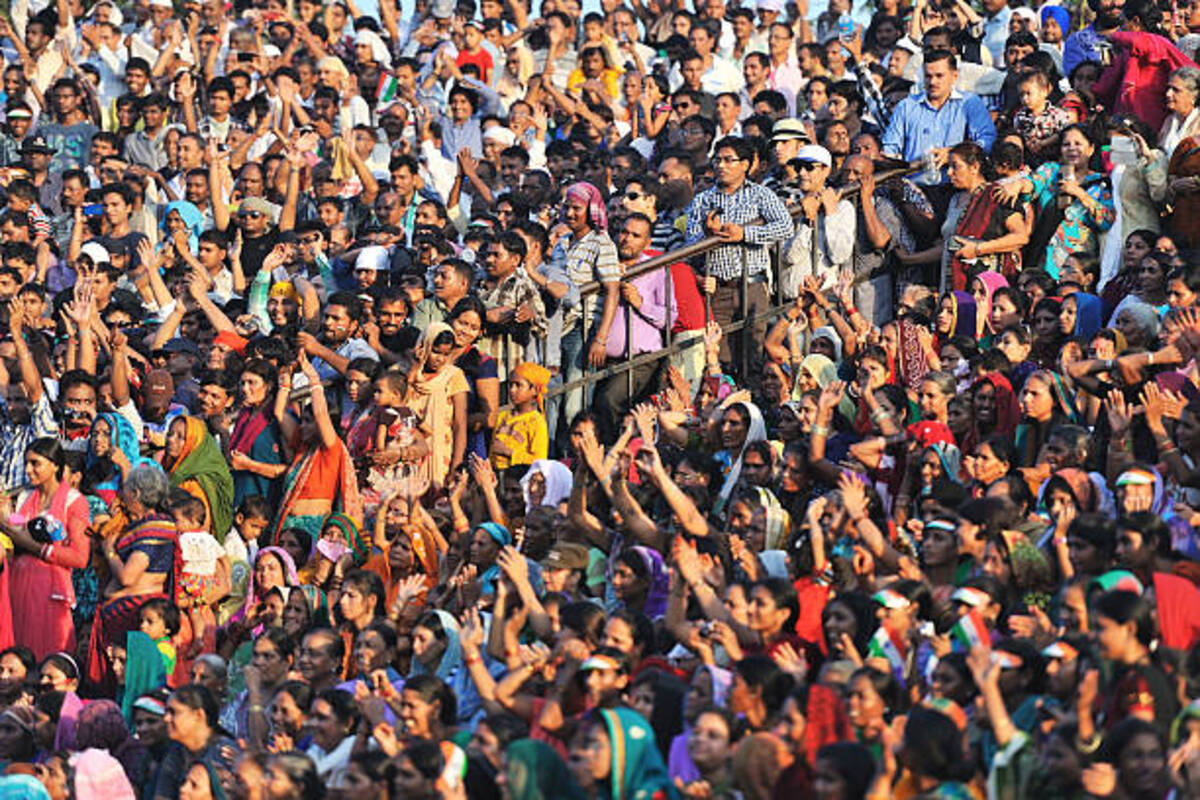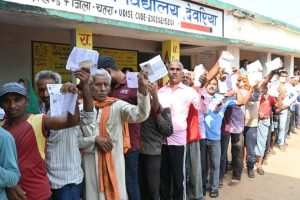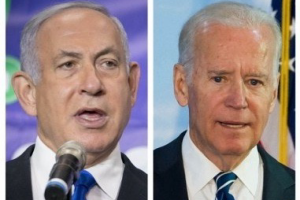The share of the majority Hindu population in India decreased by 7.82 per cent between 1950 and 2015 (from 84.68 per cent to 78.06 per cent), while that of the Muslim population, over the same span of 65 years, rose from 9.84 per cent to 14.09 per cent, showing an increase of 43.15 per cent in its share.
This is revealed in a study “Share of Religious Minorities – A Cross-Country Analysis (1950-2015)”, released by the Economic Advisory Council to the Prime Minister (EAC-PM), as part of the EAC-PM Working Paper Series, conducted by Dr Shamika Ravi, Member of the EAC-PM, along with Consultant Apurv Kumar Mishra and Young Professional Abraham Jose.
The study says the share of the Christian population in India rose from 2.24 per cent to 2.36 per cent – an increase of 5.38 per cent in its share, over the period 1950 to 2015.
Advertisement
The share of the Sikh population increased from 1.24 per cent in 1950 to 1.85 per cent in 2015 – a 6.58 per cent rise. Even the share of the Buddhist population witnessed a noticeable increase from 0.05 per cent in 1950 to 0.81 per cent in 2015.
On the other hand, the share of Jains in the population of India decreased from 0.45 per cent in 1950 to 0.36 per cent in 2015. The share of the Parsi population in India too witnessed a 85 per cent decline, going down from 0.03 per cent share in 1950 to 0.004 per cent in 2015.
“Our analysis shows that the world has become more heterogeneous in the previous six decades. In 1950, the starting point for our study, the share of the majority population in a society was 75 per cent. The share of majority religion in countries around the world has reduced by 22 per cent from 1950 to 2015,” the study said.
While in every continent, more countries witnessed a decrease in the share of the majority religious group than an increase, Africa was subject to the most extreme swings – 21 out of the 40 countries which witnessed extreme changes are in the continent, the study said.
Further, the 35 high-income OECD countries in the study witnessed a 29 per cent decrease in the share of the majority religious denomination which is notably higher than the 22 per cent reduction globally, the study said.
India’s performance is consistent with larger global trends, the study said. Within its immediate neighbourhood in South Asia, India has witnessed the biggest decline in the majority population (7.82 per cent), only next to Myanmar which has witnessed a 10 per cent decline in its majority population over 65 years.
On the other hand, the share of the minorities as a composite group has increased significantly. “Contrary to the noise in several quarters, careful analysis of the data shows that minorities are not just protected but indeed thriving in India,” the EAC-PM study said.
“This is particularly remarkable given the wider context within the South Asian neighbourhood where the share of the majority religious denomination has increased and minority populations have shrunk alarmingly across countries like Bangladesh, Pakistan, Sri Lanka, Bhutan and Afghanistan,” the study said.
India’s performance suggests that there is a conducive environment to foster diversity in the society, the report said. It is not possible to promote better life outcomes for the disadvantaged sections of society without providing a nurturing environment and societal support through a bottom-up approach, the report said.
“By way of illustration, India is one of the few countries which has a legal definition of minorities and provides constitutionally protected rights for them. The outcomes of these progressive policies and inclusive institutions are reflected in the growing number of minority populations within India,” the study said.
The study has observed that “it is not surprising, therefore, that minority populations from across the neighbourhood come to India during times of duress. India has been a nourishing environment for the Tibetian Buddhists who had to escape from China and have found a comfortable home in India in the last six decades.”
Similarly, Matuas who took refuge in India due to religious persecution in Bangladesh have been assimilated into the Indian society. India also hosts a significant population of refugees from Sri Lanka, Pakistan, Myanmar and Afghanistan. Given its plural, liberal and democratic nature, India has continued its civilizational tradition of harbouring persecuted populations from several countries over the last six decades, the study said.
India’s performance in reduction of its majority population of Hindus is remarkable, considering the wider context of the South Asian neighbourhood where the share of the majority religious denomination has increased and minority populations have shrunk alarmingly across countries like Bangladesh, Pakistan, Sri Lanka, Bhutan and Afghanistan, the study said.
In the Indian subcontinent, the Working Paper said all Muslim majority countries witnessed an increase in the share of the majority religious denomination except Maldives where the share of the majority group (Shafi’i Sunnis) declined by 1.47 per cent.
In Bangladesh, there was an 18 per cent increase in the share of the majority religious group which is the largest such increase in the Indian subcontinent. Pakistan witnessed an increase of 3.75 per cent in the share of the majority religious denomination (Hanafi Muslim) and a 10 per cent increase in the share of total Muslim population despite the creation of Bangladesh in 1971.
The EAC-PM study has not gone into the causes of the population changes but believed the nature and extent of change in the share of the minority population in a country is a strong indicator of its relative wellbeing within a country.
Advertisement











